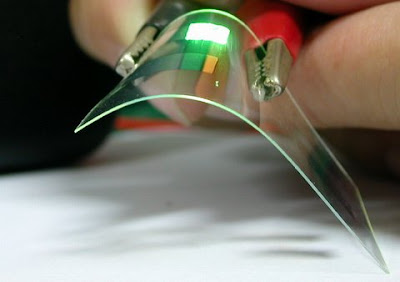There have been many studies and researches around the mystery of emergence of gas giants such as Saturn and Jupiter. According to a recent study, the researchers are finally successful in deciphering the mystery and have found this - Saturn and Jupiter possibly have been started forming before 4.5 billion years generated from the small pebbles measuring to centimetre emerging from dust and ice spinning around the newborn Sun.
By swiftly melding into the nuclei, the primeval pebbles had turned into Jupiter, Saturn and other gas giants. According to the previous researches, a splendid cluster of much-bigger chunks is required for constructing a giant planet, with the distance of a kilometre between each chunk.
However, for the scientists it was difficult to find any explanation regarding the plausibility of the completion of this process of turning the pebbles into gas giants in only some millions of years; even before dispersion of the disk of dust around the Sun.
According to a report by ‘Nature’ in 2012 Michiel Lambrechts and Anders Johansen of Lund University in Swedens were successful in solving this notion of pebble-accumulation. According to their study a substantial explanation was able to find out about how a terrestrial core could form that fast, whilst abrasion between gas and the disk would have slowed down the process of accumulation of the pebbles into a sprouting planet.
The theory drawn by Michiel Lambrechts and Anders Johansen showed that through simulations it is possible to create hundreds of substances similar to that of the Earth, flying around the Sun. This theory has abolished the idea of ten times larger objects than the size of Earth and few in amount which previously have been thought to be the nuclei formation of the giant planets.
Another planetary scientist, Harold Levison of Southwest Research Institute in Boulder has declared that there are simulations possible for allowing more time to growing planetesimals to intermingle and smash with each other. Depending on the primary conditions, the simulations of this research team have usually occurred between one and four of the gas giant planets, like Jupiter, Saturn, Uranus and Neptune.




